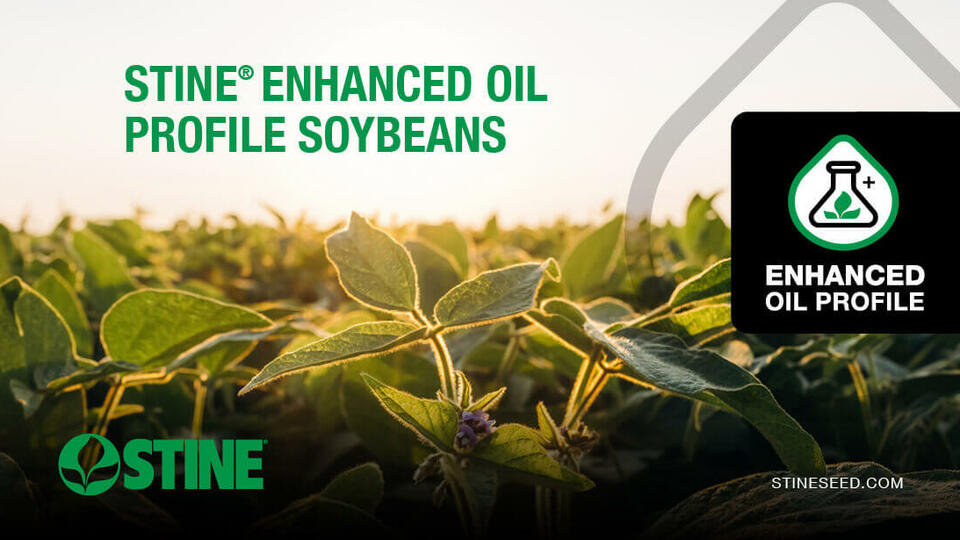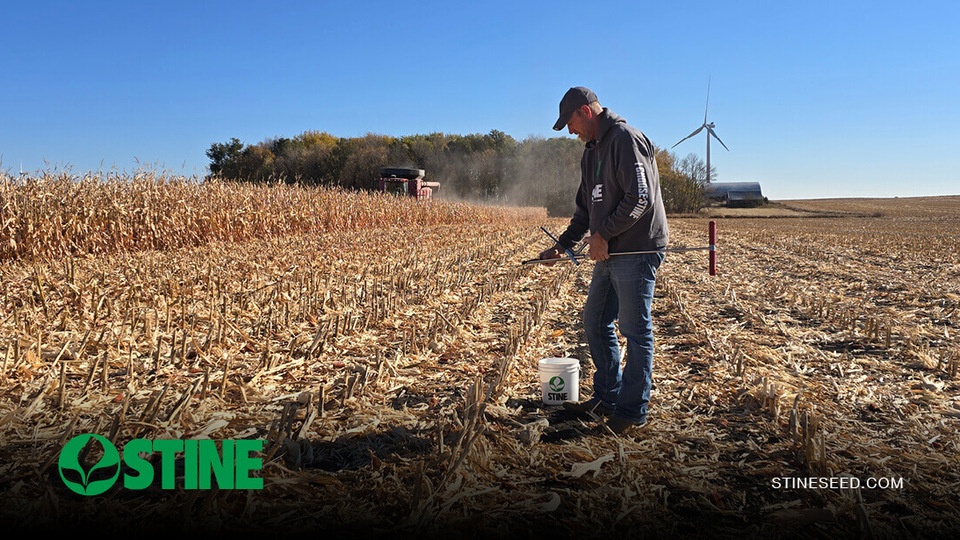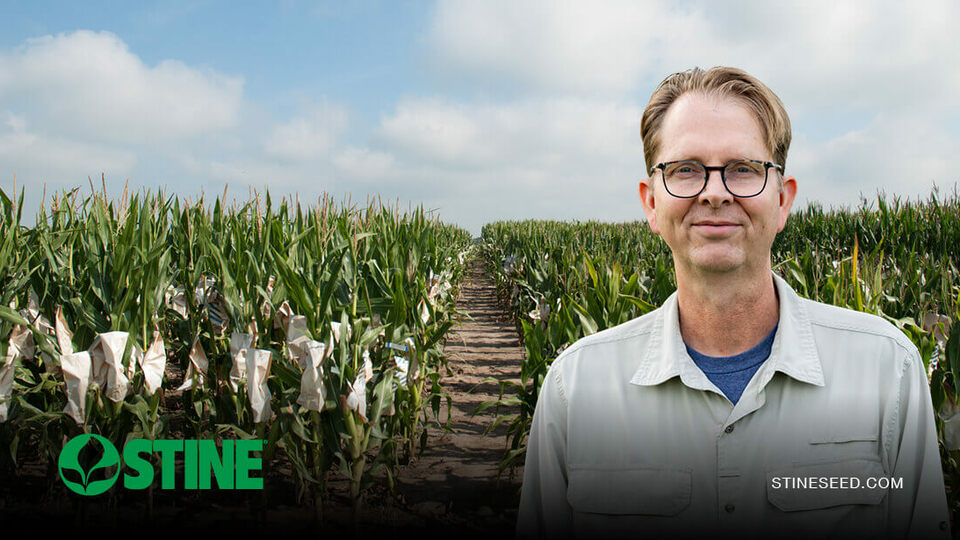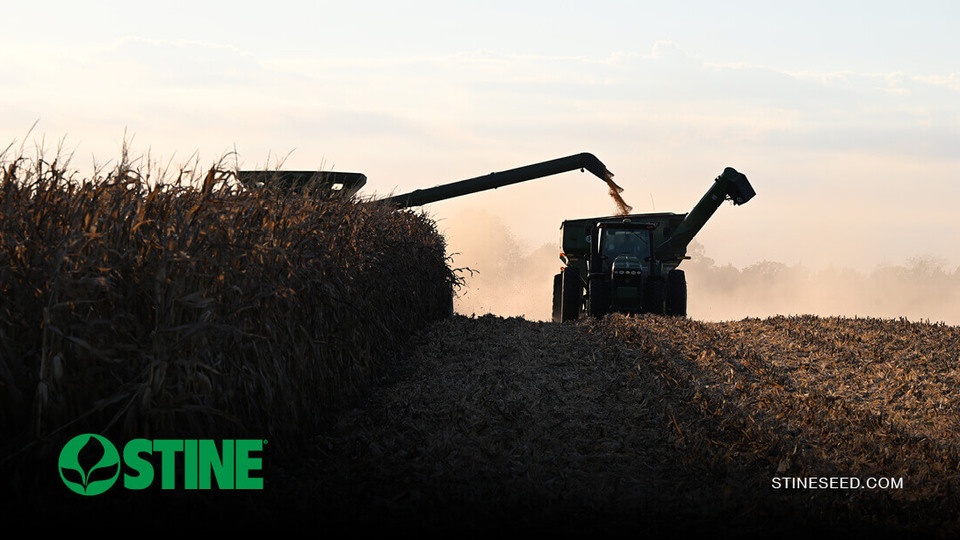As corn and soybean harvest wind down across much of the country, Stine® Seed Company agronomists are hard at work checking yield trends and gathering valuable data from growers’ fields and Stine’s Product Development Plots (PDPs) nationwide. In Part 1 of our annual Harvest Roundup series, agronomists share which products shined throughout their territories and how disease like southern rust impacted yields.
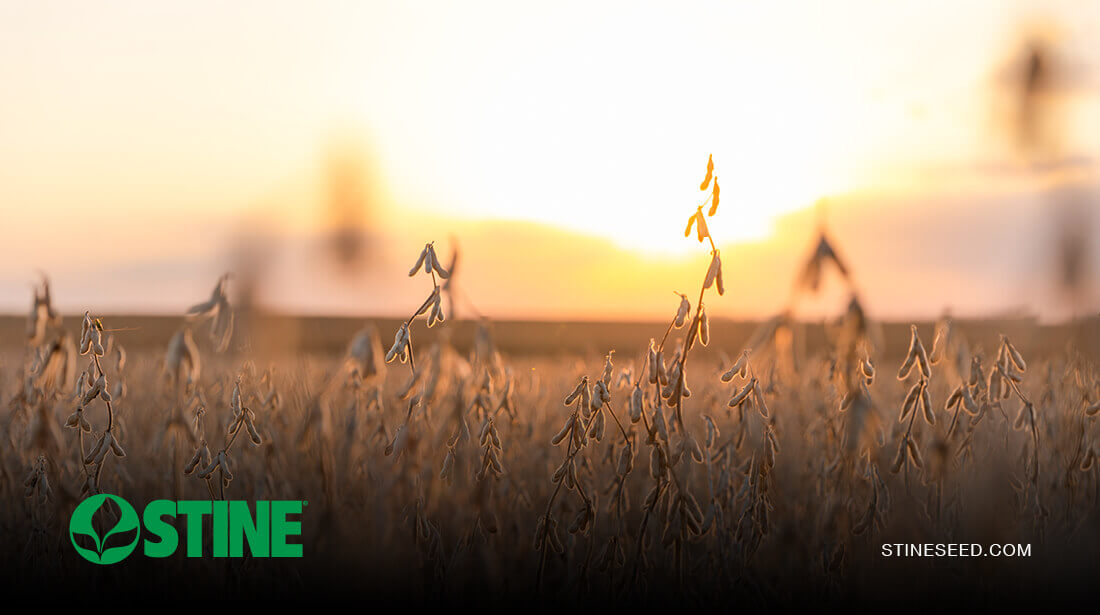
Tony Lenz, technical agronomist, northwest Iowa, Nebraska, Minnesota, South Dakota and North Dakota
We have been dry in most of my area of northwest Iowa and into Minnesota, South Dakota and North Dakota, so soybean harvest is mostly wrapped up or complete.
In other parts of Iowa and Nebraska, growers harvested many cornfields first because of the devastating damage from southern rust and wind events (derecho-type winds) that happened this summer.
Southern rust will be a major reason why we are seeing such a wide swing in corn yields. It truly mattered on your fungicide applications, and yields were affected on how early or late you sprayed, as well as if you did one or two passes and what form of application you used, such as a ground rig, airplane-helicopter or drone. This fall and winter will be a key time to review field yield maps and develop a detailed plan for the next growing season.
In my region, I have a majority of the corn PDPs harvested, but one new line, Stine MX481-G, has looked exceptional all season. The yields have been at the top in all plots so far. This 98-day, -G glyphosate line has nice plant and ear height along with great plant health. Stine 9531-22, a 102-day line, is also doing well. It’s a great fit for corn-on-corn acres and has great season-long health and grain quality. On the later side, Stine 9721-30 is yielding great for a second year in a row and offers the new Trecepta® above-ground insect trait. It moves north and west well in variable soil types and dries down nicely, so it can be used in our 109-day selling areas.
For soybeans, we have a great maturity lineup that gives us awesome diversity. We saw some huge yields, and whole field top-end varieties stood out for us, as well as ones that handled the summer stresses well, including iron deficiency chlorosis, white mold and sudden death syndrome.
My top performers this year include a mix of older varieties and brand-new EJ products:
Bill Kessinger, technical agronomist, Southeastern U.S., eastern Corn Belt and East Coast
Harvest is moving quickly, and a very dry August and September pushed it earlier. It has continued with the cycle of little rain, so harvest has been full go from day one and is progressing rapidly.
Across the southeastern part of the U.S., corn is practically 100% complete and soybeans are 90% complete. Overall, corn was surprisingly good with the wet start and dry ending. Soybeans yields are going to be average, staying around trend line, but both corn and soybeans have had some standouts.
- Stine 9753-20 continues where it left off in 2024 with high yields. It topped an Eastern plot at 322.97 bu/acre and 62-pound test weight. This tall, growthy plant has proven over multiple years that it handles most any growing conditions across the Southeast and can be successful.
- Stine 9755-20 is another line that continues to impress. Multiyear data keeps it consistently at the top. It’s a little earlier than the 9753, averaging 1.5%–2.0% drier. This is another go-anywhere type of product with high-yield potential and test weight, and it also performs incredibly well for silage. This product topped three plots so far in Indiana, with around 300 bu/acre yields.
For soybeans, Stine 39EH23, 40EH92, 43EG29 and 47EH20 continue to impress with their yields. They are multiyear lines that have versatility and known performance. Two new lines that have stood out since planting are Stine 38EJ29 and 48EJ21. Both emerged well and quickly branched, shading the row. They continued to stay bushing, maintaining standability and good disease tolerance throughout harvest. 38EJ29 also offers root knot resistance for growers in the cotton areas looking for something early.
Across the eastern Corn Belt and heading toward the East Coast, similar dry weather is keeping harvest moving fast. Soybeans are 85% complete and corn 45%. Given the wet, delayed spring planting season and for this only being mid-October, that is an amazing fast harvest. Corn harvest could slow down for some due to wetter corn in locations. Depending on maturity, we have wide swings in moisture. From what I am hearing and seeing across Indiana and Ohio, we have a few places that just dried up and died early with moistures around 16%–17%. The rest of it has a little larger of a swing, ranging from 18%–24%. As you move more toward the East and Northeast of the U.S., they were delayed in planting even more, and moistures are ranging 24 to not yet black layer.
Plots are a little slower to harvest across this area.
For corn, Stine 9755-20 is a multiyear line that continues to impress. It does well in the South as an earlier option and moves north tremendously well as a full-season line. It has extremely high-yield potential and test weight. It is a rare line that doesn’t really care where you put it and will do better than most other genetics in that environment.
Stine 9721-30 is new in the Stine lineup. It is unusually tall for the material we typically move forward with, but even with the height, it stands well. The ear looks to have a lot of flex, giving it versatility across cropping practices. I think I’m going to like this line on some better soils and with a fungicide. But with its height, it might also have a place across some rolling hills and droughty soils. I’m looking forward to getting more plots harvested and learning exactly where to place this high-yielding line.
For soybeans, Stine 27EG22 is having another solid year. It’s a multiyear line that continues to impress. It has the yield punch for highly productive soils but also the defensive characteristics to handle challenging soils.
Stine 30EH23 continues to hit high yields. It has incredible yield potential for high-yielding environments. It hit over the 100 bu/acre mark in 2024, and I’m expecting it to do it again in 2025.
Two new lines that are standing out are Stine 28EJ82 and 33EJ29. On the few plots that have been harvested, these two have been doing the important part. They are yielding at the top. We use the saying STINE HAS YIELD because that is our focus and what we do. These two new EJ-series soybeans are not disappointing. The new material continues to improve on yield.
Jacob Foote, field agronomist, Indiana
Late plantings and untimely rains have slowed harvest progress this year. Currently, I have 85% of my soybean plots harvested but have yet to get into corn. We are hoping that corn will be able to start this week. Despite the challenging spring and lack of rain during August and September, yields have been better than expected. Our new J-series soybeans are showing why they are the highest yielding in the industry, and there have been several that have been standouts so far.
In two Indiana soybean plots harvested the same day, Stine 27EJ02, 28EJ82, 33EJ29 and 33EJ32 led the way in both plots, which truly shows how strong these lines are. In our PDP program, no two plots are done the same, so seeing the same varieties performing well under completely different farming practices shows how impressive these soybeans are. All the J-series beans explode out of the ground and get established early, which allows them to reach such high potential. We have a lot of soybean varieties to be excited about, and being able to see how they perform on such a large scale is helping the agronomy team, as well as the sales team develop confidence in these products.
Ian Matzenbacher, field agronomist, Illinois
Harvest in my area is wrapping up quickly with all the dry weather. Yields are hit and miss across the board. Plot harvest is moving along very quickly as well, with some very surprising yields out of some of them and others being above average to average for the most part.
Daniel Greblunas, field agronomist, Nebraska
As of today, about 60% of my corn and 70% of soybean plots have been harvested. Corn lines that are sticking out are Stine 9721-30, 9754-20, EXP25 115-30 and EXP25 114B-30. For soybeans, Stine 27EJ02, 29EF02, 30EH23 and 32EJ92 have consistently stood out. Stine soybean blends are also performing very well in the plots, particularly Stine 30EH100. Specific yield data for some of these lines include:
- Mead, Nebraska: Stine 32EJ92 (85.2 bu/ac), 30EH23 (83.4 bu/ac) and 29EF02 (82.4 bu/ac).
- St. Paul, Nebraska: Stine 29EF02 (88.5 bu/ac), 27EJ02 (86.2 bu/ac) and 25EJ92 (85.9 bu/ac).
- Elm Creek, Nebraska: Stine 30EH23 (90.3 bu/ac), 32EJ92 (88.7 bu/ac) and 30EH100 (88.6 bu/ac).
Stay tuned for Part 2 of our Harvest Roundup series next week as more Stine agronomists share insights from the 2025 harvest season and which products performed best in their regions.
Related Articles
-

Understanding Stine’s enhanced oil profile soybeans
December 2025 in Agronomy
-

Soil sampling sets the stage for spring
November 2025 in Agronomy
-

Corn production growth paves way for more high-performing Stine® hybrids
November 2025 in Agronomy
-

Stine harvest roundup: Part 2
October 2025 in Agronomy
